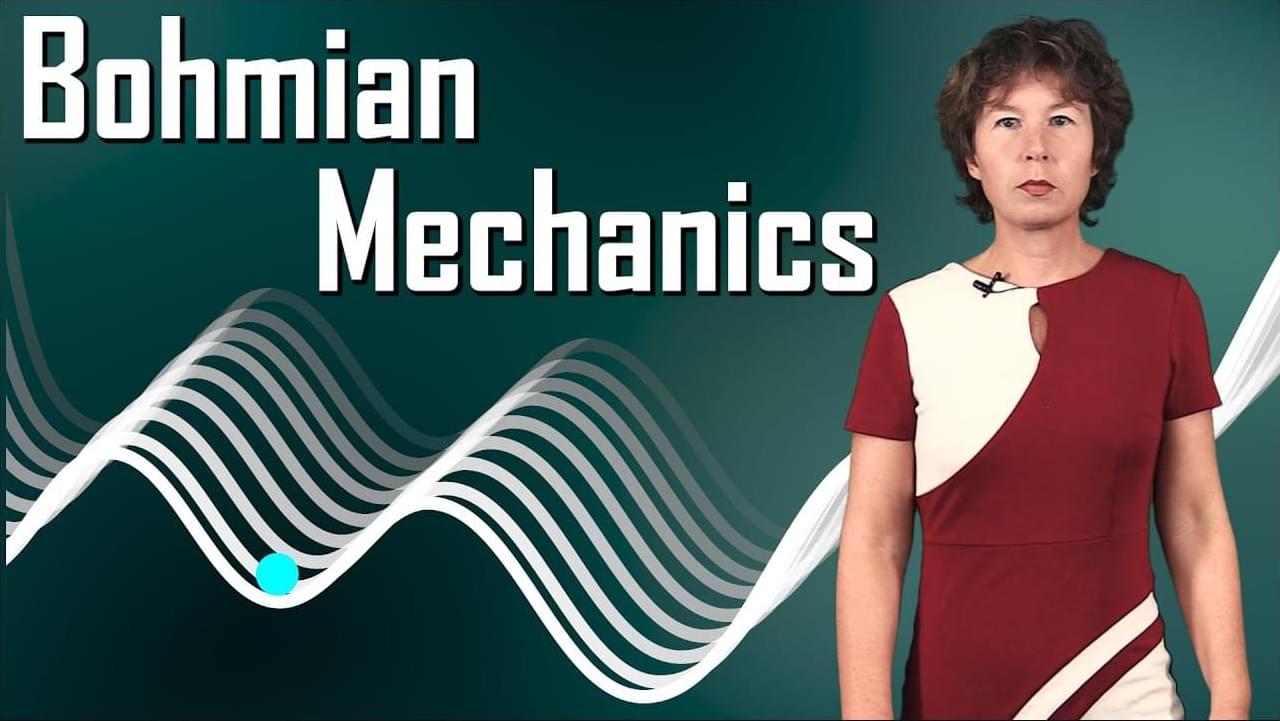Mar 28, 2024
Landmark IBM error correction paper on Nature cover
Posted by Dan Breeden in category: quantum physics
IBM has created a quantum error-correcting code about 10 times more efficient than prior methods.
IBM has created a quantum error-correcting code about 10 times more efficient than prior methods.
A team of scientists from Columbia, Nanjing University, Princeton, and the University of Munster, writing in the journal Nature, have presented the first experimental evidence of collective excitations with spin called chiral graviton modes (CGMs) in a semiconducting material.
To understand the relationship between the science fiction genre and the Many-Worlds Interpretation, let’s turn to two men – a scientist and a writer. The scientist is Hugh Everett III (1930−1982), a physicist who developed the notion of parallel universes based on an original interpretation of quantum mechanics. He proposed that a pre-formulated theory should be the basis of scientific measurement, quite the opposite of the traditional scientific process in which measurement preceded and determined the theory. But quantum particles do not behave normally, so quantum phenomena and their atomic dynamics cannot be measured by the Newtonian mechanics traditionally applied to the universe.
When Hugh Everett published “Relative State Formulation of Quantum Mechanics” in the Reviews of Modern Physics scientific journal (Volume 29, Issue 3, July — September 1957), his theory that there are many worlds existing in parallel at the same space and time as our own sounded like fantasy fiction to a skeptical scientific world.
While scientists scoffed for more than a decade after Everett published his theory, someone else entered the scene. His name was Philip K. Dick, a scruffy beatnik writer who tramped around Berkeley (California) looking for ways to describe this alternative reality – the one hiding behind our visible reality.
Quantum computers will break encryption one day. But converting data into light particles and beaming them around using thousands of satellites might be one way around this problem.
A new fabrication process that could be used to build a quantum computer achieves an almost zero failure rate and has the potential to be scaled up, according to new research from engineers and physicists at UCL.
As transistors get smaller, they become increasingly inefficient and susceptible to errors, as electrons can leak through the device even when it is supposed to be switched off, by a process known as quantum tunneling. Researchers are exploring new types of switching mechanisms that can be used with different materials to remove this effect.
In the nanoscale structures that Professor Jan Mol, Dr. James Thomas, and their group study at Queen Mary’s School of Physical and Chemical Sciences, quantum mechanical effects dominate, and electrons behave as waves rather than particles. Taking advantage of these quantum effects, the researchers built a new transistor.
The transistor’s conductive channel is a single zinc porphyrin, a molecule that can conduct electricity. The porphyrin is sandwiched between two graphene electrodes, and when a voltage is applied to the electrodes, electron flow through the molecule can be controlled using quantum interference.

To check out the physics courses that I mentioned (many of which are free!) and to support this channel, go to https://brilliant.org/Sabine/ and create your Brilliant account. The first 200 will get 20% off the annual premium subscription.
In this video I explain how Bohmian mechanics, also known as the Pilot Wave Interpretation of Quantum Mechanics works, and what is good and bad about it. I also tell you a little about the history of the subject because I think it is helpful to understand the situation in which the subject is today.
Continue reading “David Bohm’s Pilot Wave Interpretation of Quantum Mechanics” »
Several thousand sensors distributed over a square kilometer near the South Pole are tasked with answering one of the large outstanding questions in physics: does quantum gravity exist? The sensors monitor neutrinos—particles with no electrical charge and almost without mass—arriving at the Earth from outer space. A team from the Niels Bohr Institute (NBI), University of Copenhagen, has contributed to developing the method that exploits neutrino data to reveal if quantum gravity exists.
If as we believe, quantum gravity does indeed exist, this will contribute to unite the current two worlds in physics. Today, classical physics describes the phenomena in our normal surroundings such as gravity, while the atomic world can only be described using quantum mechanics.
The unification of quantum theory and gravitation remains one of the most outstanding challenges in fundamental physics. It would be very satisfying if we could contribute to that end, says Tom Stuttard, Assistant Professor at NBI.
Scientists have advanced the field by stabilizing exciton-polaritons in semiconductor photonic gratings, achieving long-lived and optically configurable quantum fluids suitable for complex system simulations.
Researchers from CNR Nanotec in Lecce and the Faculty of Physics at the University of Warsaw used a new generation of semiconductor photonic gratings to optically tailor complexes of quantum droplets of light that became bound together into macroscopic coherent states. The research underpins a new method to simulate and explore interactions between artificial atoms in a highly reconfigurable manner, using optics. The results have been published in the prestigious journal Nature Physics.
Quantum Simulation Technologies
Researchers have developed methods to entangle large numbers of particles, improving the precision and speed of quantum measurements. These advancements could revolutionize quantum sensors and atomic clocks, with potential applications in fundamental physics research.
Opening new possibilities for quantum sensors, atomic clocks, and tests of fundamental physics, JILA researchers have developed new ways of “entangling” or interlinking the properties of large numbers of particles. In the process they have devised ways to measure large groups of atoms more accurately even in disruptive, noisy environments.
The new techniques are described in a pair of papers published in Nature.[1] JILA is a joint institute of the National Institute of Standards and Technology (NIST) and the University of Colorado Boulder.
